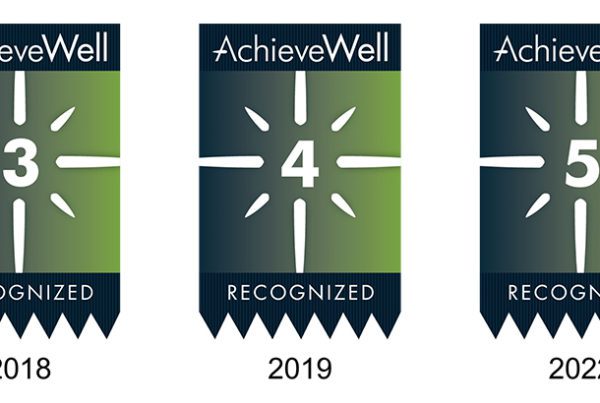
When choosing an aerobic exercise, you may have considered whether the exercise is low impact or high impact. Understanding the difference between the two and how to maximize the aerobic benefits no matter what you choose is important.
High impact:
High impact exercise includes jumping, running, and any other exercise that includes moves in which both feet are off the ground at the same time. High impact exercise raises your heart rate more quickly than low impact and can strengthen bones over time. However, high-impact exercise is stressful to joints and can lead to injury. These exercises are not appropriate for everyone, especially for someone who may be more likely to develop a stress fracture or has arthritis.
Low impact:
Low impact exercise keeps at least one foot on the ground at all times or — like biking — does not cause the body to hit the ground with any force. Besides biking, walking and swimming are also low-impact activities. While it can be harder to raise your heart rate during low-impact exercise, increasing speed and/or incline can help make up for the reduced impact.
So what’s best for you?
That depends on your physical health and preference. Check with your doctor before beginning any exercise program. Take into account your current health status: weight, age, fitness level, and any issues that would make a high impact a concern. Finally, choose the type of exercise that you enjoy! Exercising regularly is essential for good mental and physical health, whether it is high impact or low! What’s important is to move every day.




